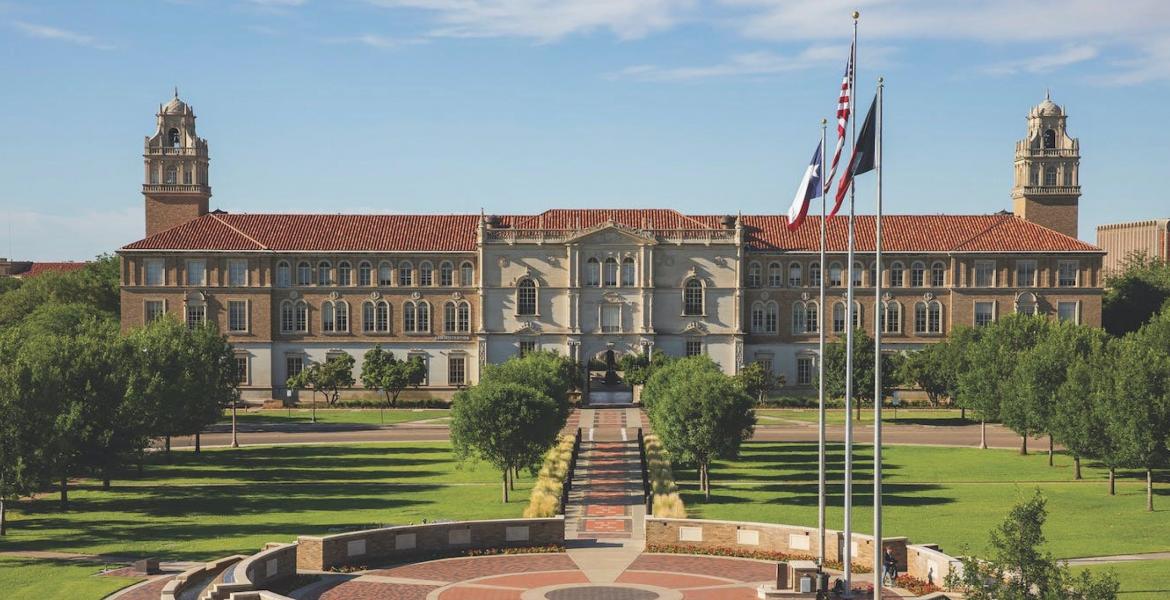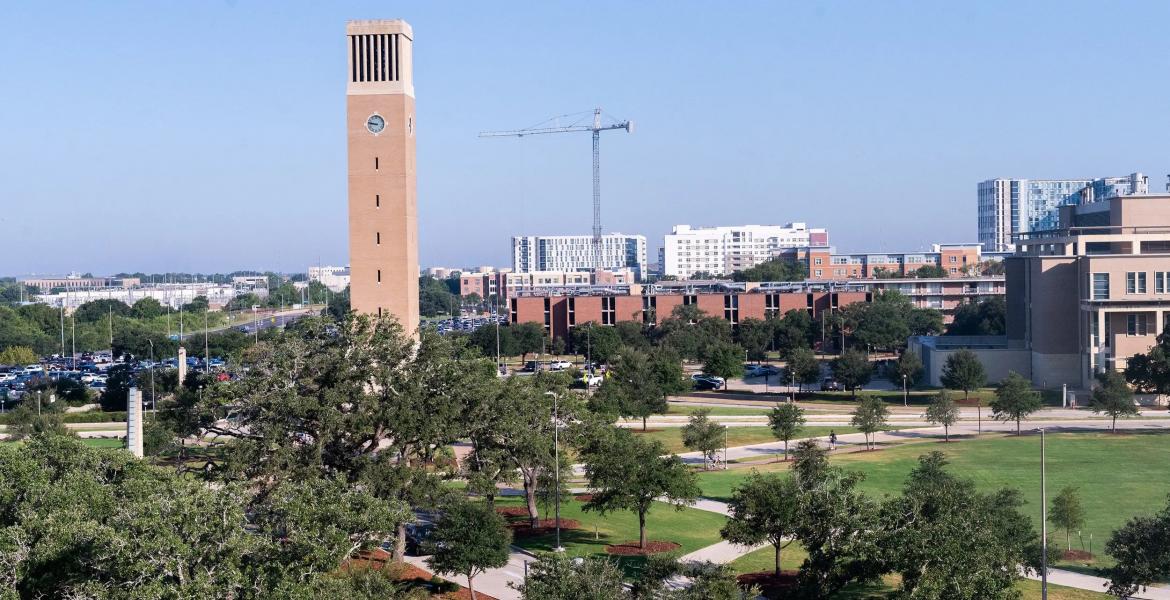SAN ANGELO, TX - Angelo State University has been awarded a $194,118 grant from the National Science Foundation (NSF) for new, state-of-the-art spectroscopy and diffraction equipment that will support undergraduate classes and research in the science, technology, engineering and mathematics (STEM) fields.
Awarded through the NSF's Improving Undergraduate STEM Education: Hispanic-Serving Institutions (HSI) Program, the grant (Award No. 2434889) will support acquisition of an energy dispersive X-ray spectroscopy (EDS) system and an electron backscatter diffraction (EBSD) system to complement ASU's existing scanning electron microscope.
EDS is an analytical technique used to determine the elemental compositions of samples by bombarding them with electrons and studying the resultant characteristic X-rays. EBSD is a technique used to analyze the grain structure and orientation of samples at the microscale. These systems will be used in ASU chemistry, geoscience and physics classes for analytical purposes and to help demonstrate the fundamental physical processes involved in X-ray emission.
The acquisition of the EDS and EBSD systems will allow undergraduate students to gain hands-on experience using advanced analytical techniques in both lower- and upper-division STEM courses and labs, and it will also provide them with the instrumentation necessary to carry out course-based research projects on campus.
Dr. Gregory Smith, associate professor of chemistry, is the principal investigator for the ASU project.
"This award is a very exciting development for us as it greatly expands what we can do with our scanning electron microscope," Smith said. "I'm most excited about the impact it will have on our students. The experience using these instruments will generate interest in STEM fields and undergraduate research, and it will also make our graduates more competitive when applying to graduate schools or for jobs in industry."
Dr. Elizabeth Koeman-Shields, assistant professor of geosciences, and Dr. Scott Williams, professor of physics, are co-principal investigators.
The ASU College of Science and Engineering acquired its Hitachi S-3000N scanning electron microscope in 2018, when it was donated by Hitachi and installed in the research wing of the ASU Vincent Building.
It will soon by joined by the EDS and EBSD systems, and while the chemistry, geoscience and physics programs will be the primary beneficiaries, all the equipment will also be available to other STEM and health sciences programs on campus, according to ASU.
Subscribe to the LIVE! Daily
Required






Post a comment to this article here: